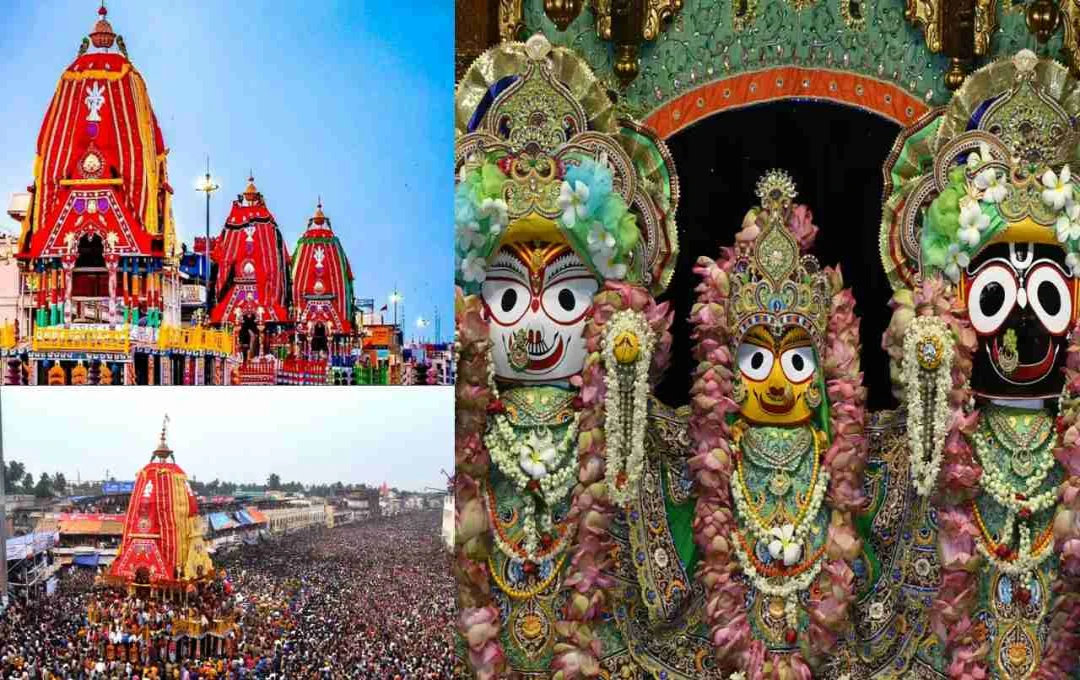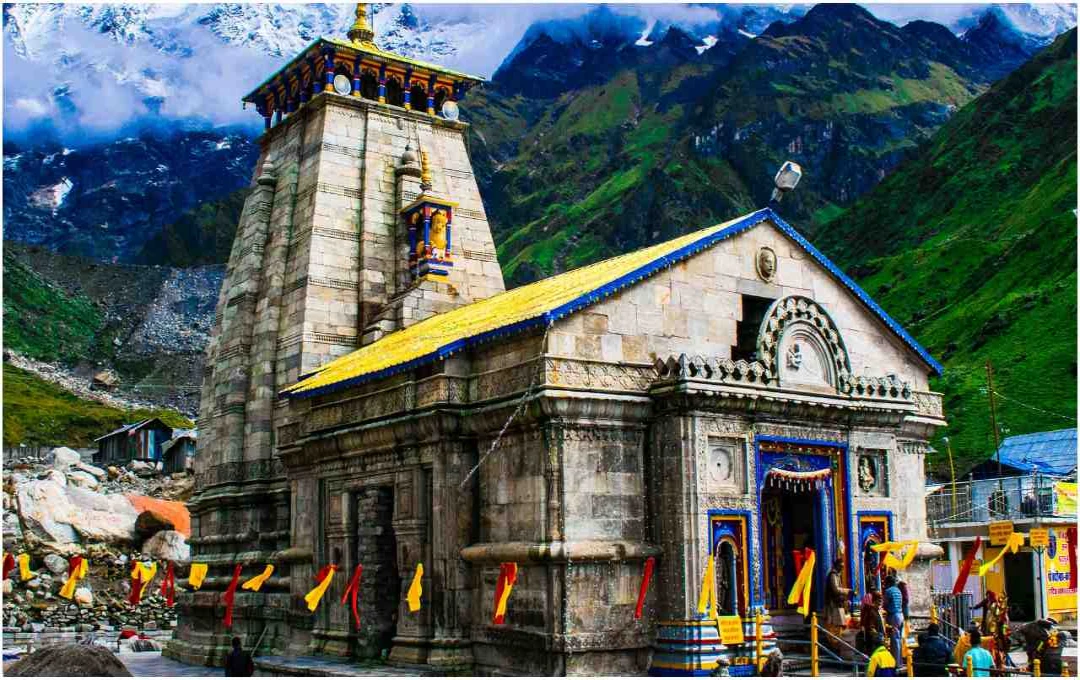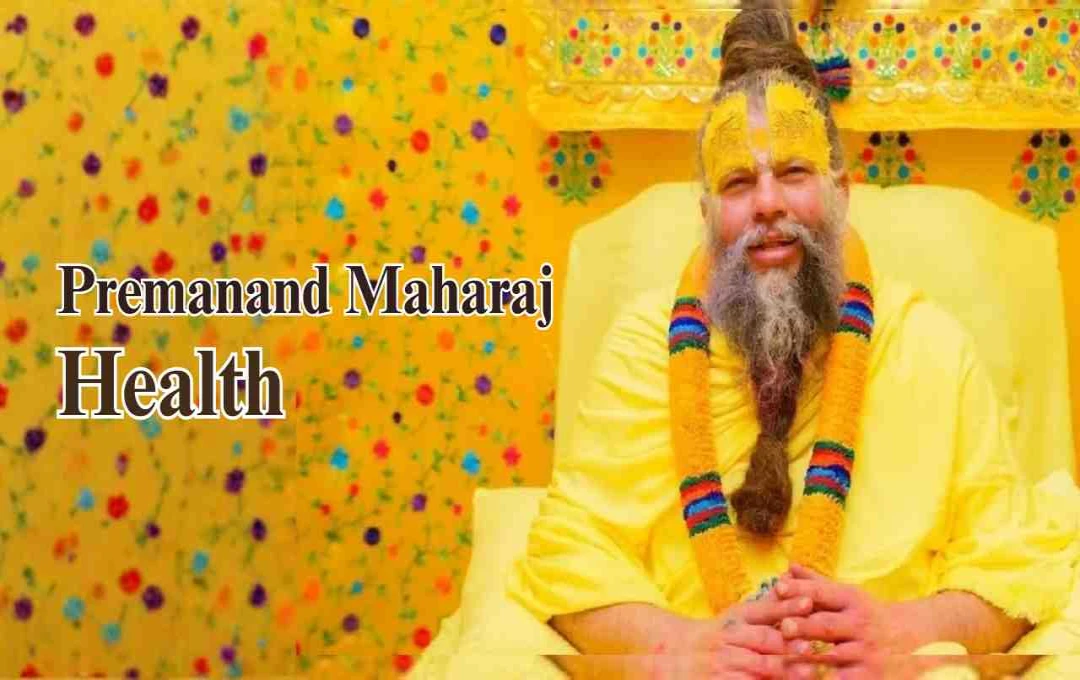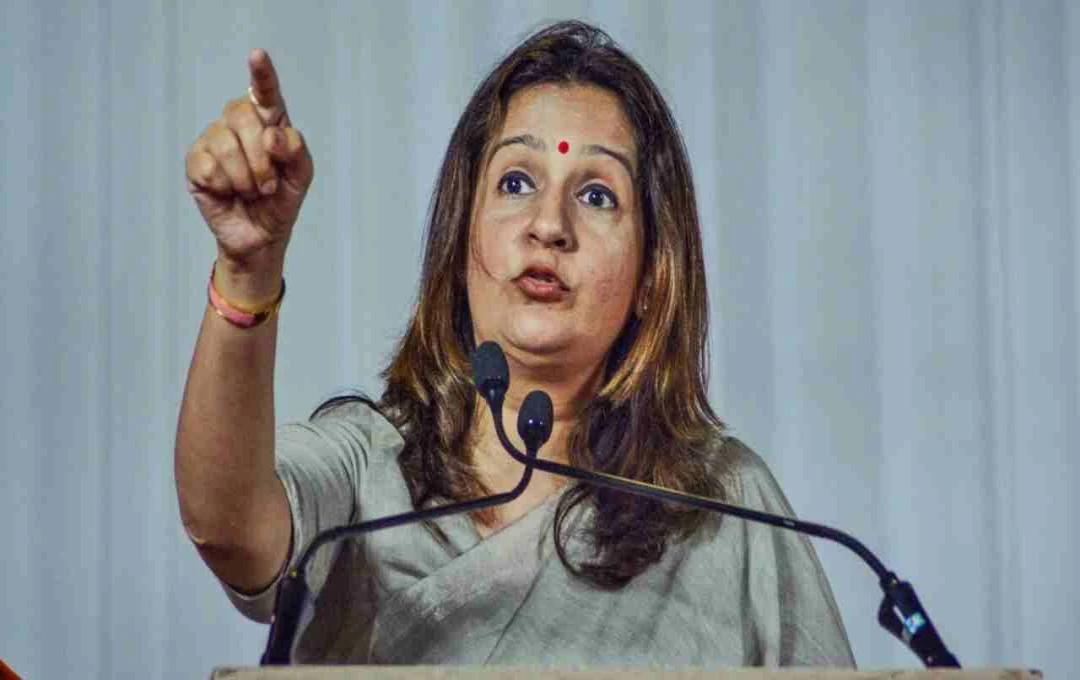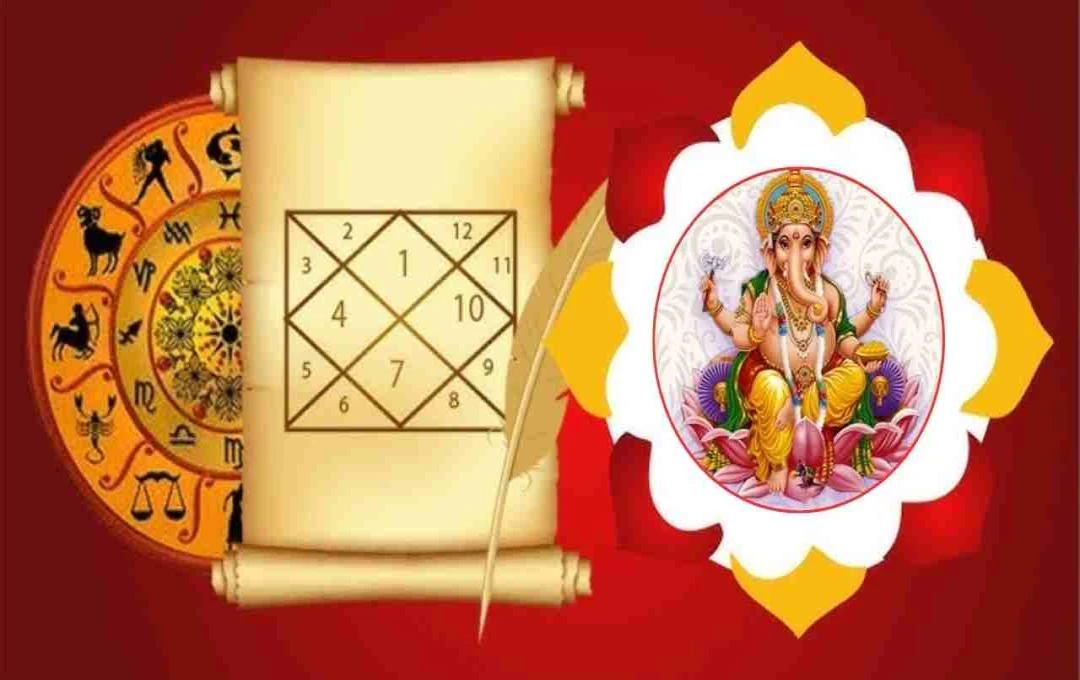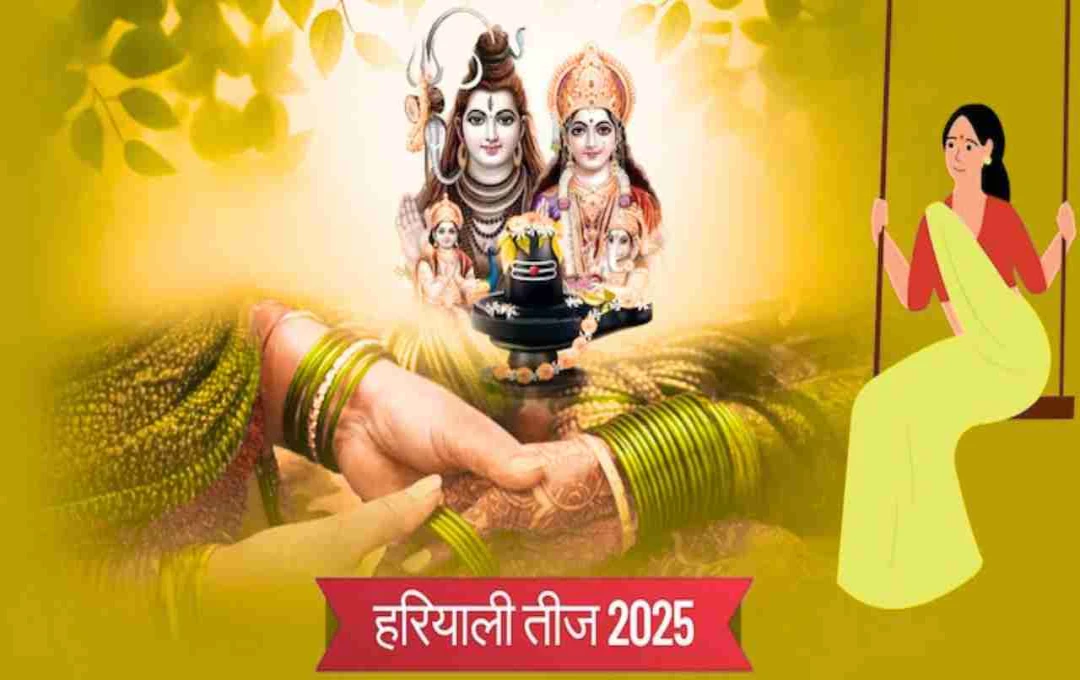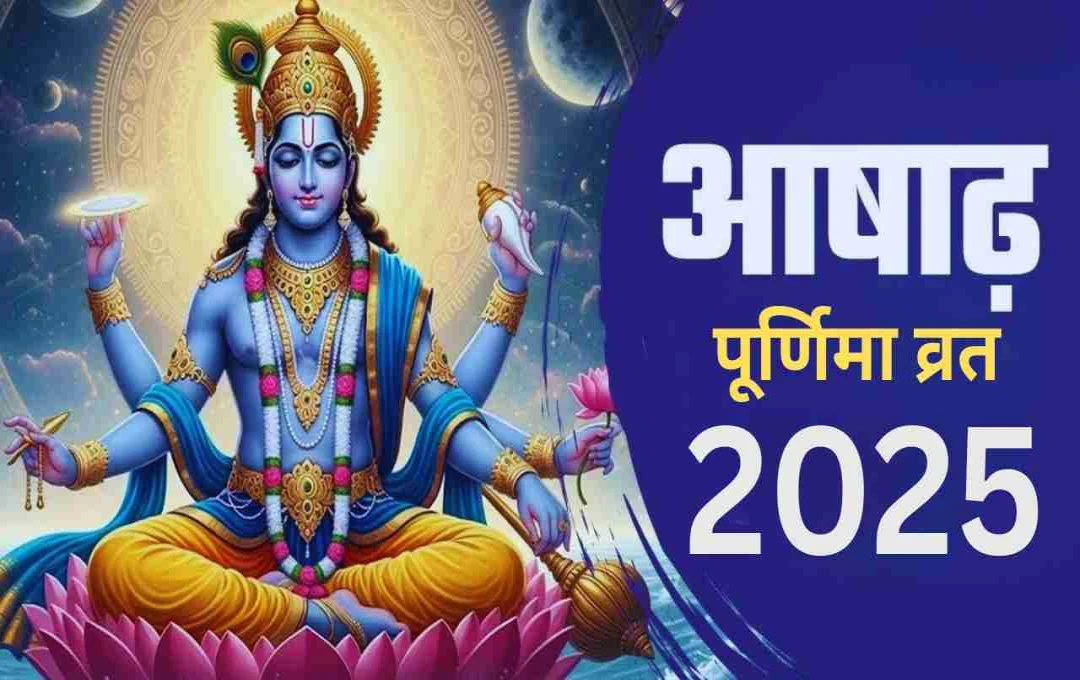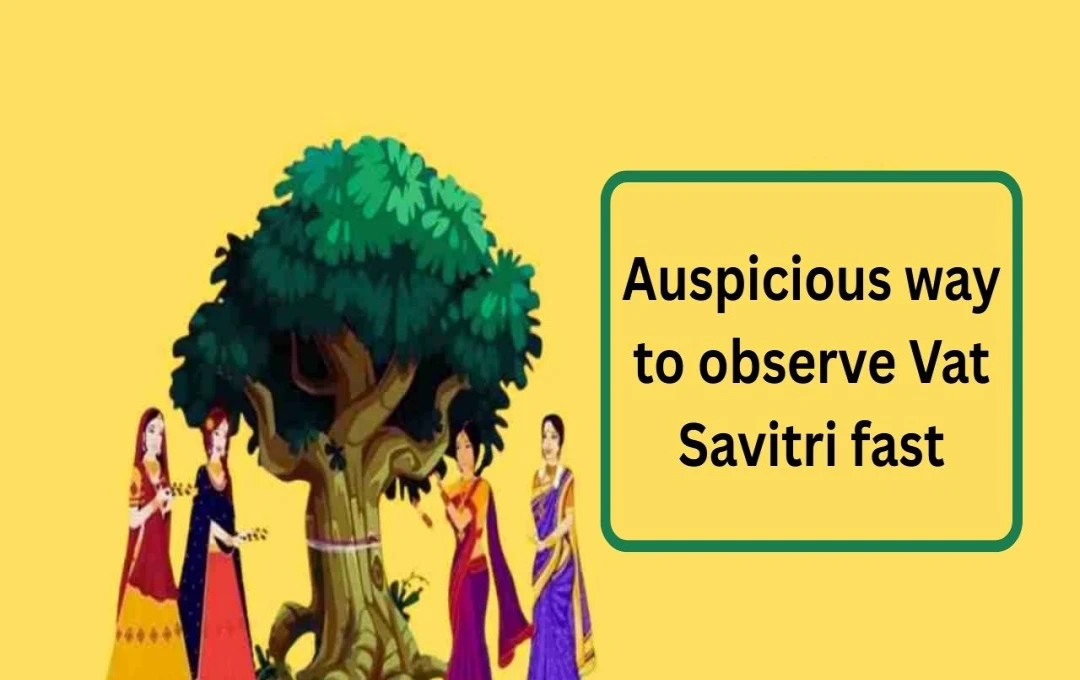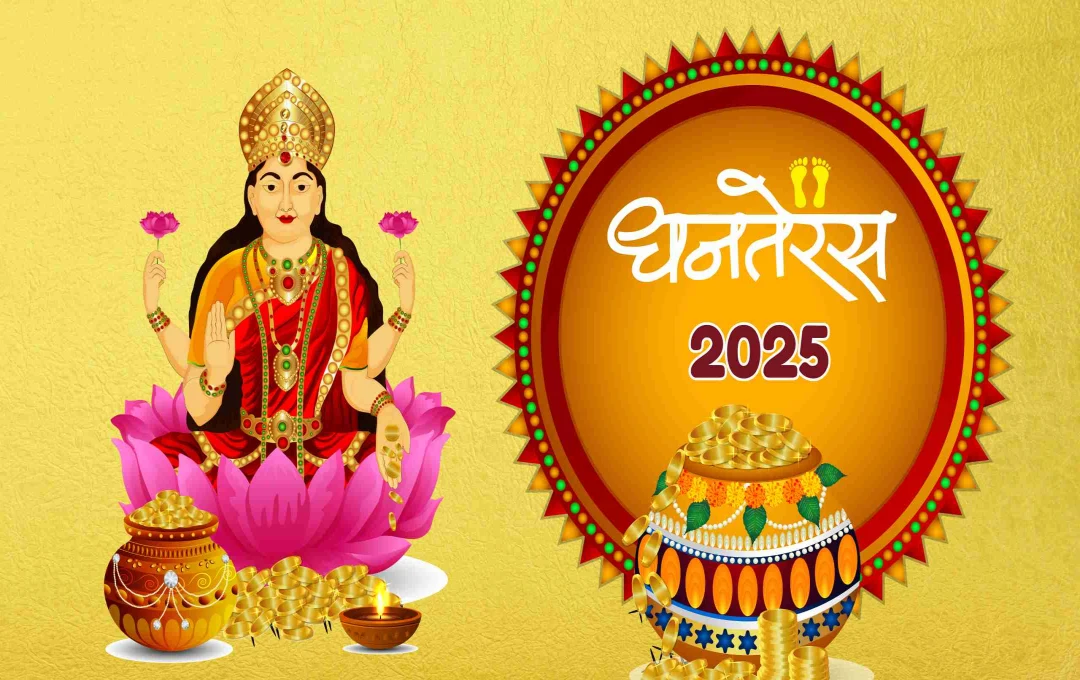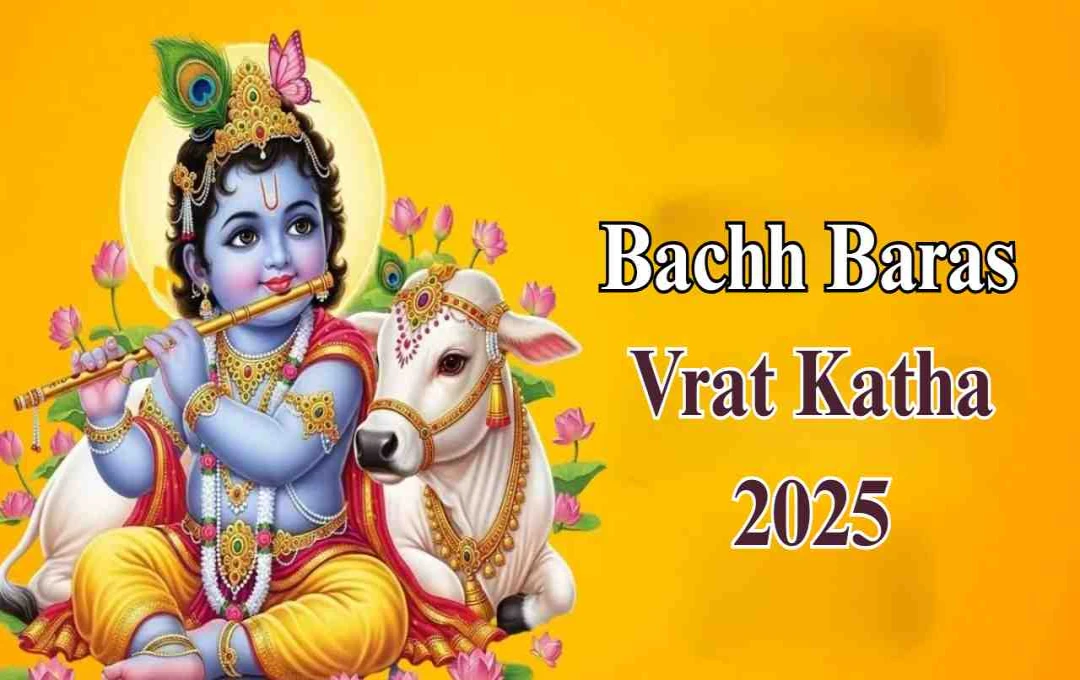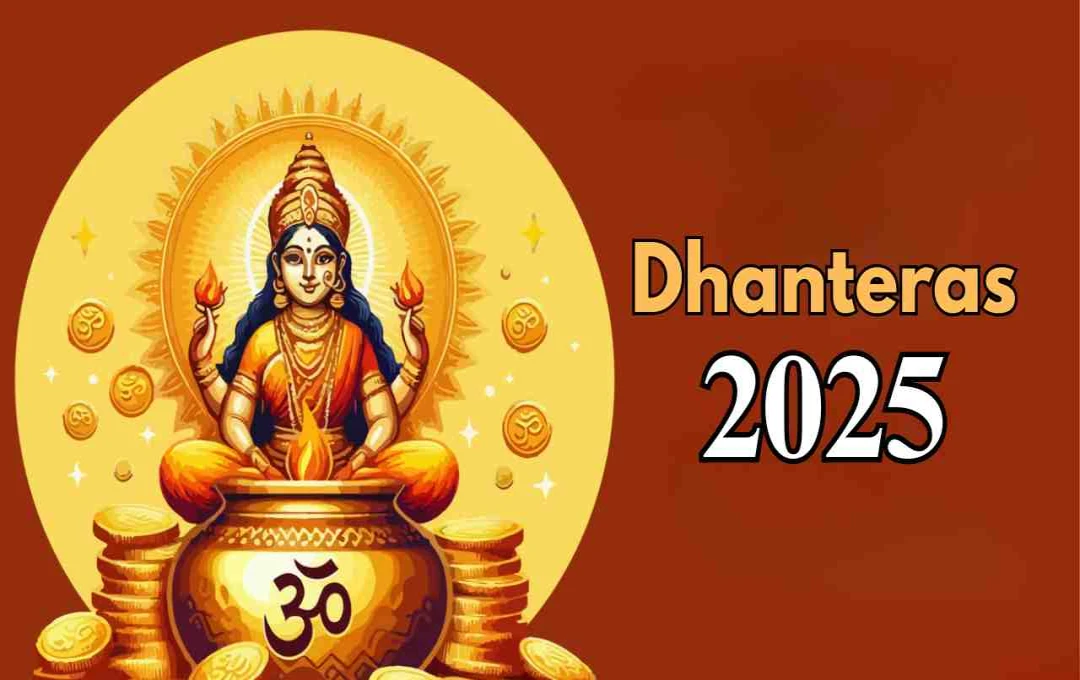The world-famous Rath Yatra, held annually at the Jagannath Temple in Puri, is a grand religious event. A unique aspect of this event is the Maha Prasad, which is of three types. Notably, one type of Prasad is specifically prepared for individuals on their deathbed. It is believed that consuming this Prasad absolves a person of all sins and grants them salvation (moksha). This article attempts to explain this mystery in simple terms.
Jagannath Rath Yatra 2025: A confluence of tradition, faith, and culture

The famous Jagannath Rath Yatra in Puri will commence on June 27th, 2025. This ten-day grand event is an invaluable part of Indian religious tradition, attracting millions of devotees from India and abroad.
During this Yatra, Lord Jagannath, his elder brother Balarama, and sister Subhadra, embark on a procession through the city of Puri in large, ornate chariots. This Rath Yatra is not merely a religious event but a vibrant and inspiring example of Indian culture, tradition, and public faith.
The Tradition of Maha Prasad: Spirituality and Uniqueness
The Puri temple's kitchen is considered the world's largest religious kitchen. Fifty-six different types of offerings, known as Maha Prasad, are prepared daily for the Lord. The special feature of this Maha Prasad is that it is not only offered to the deity but also serves as a means of merit for devotees.
Three Types of Maha Prasad
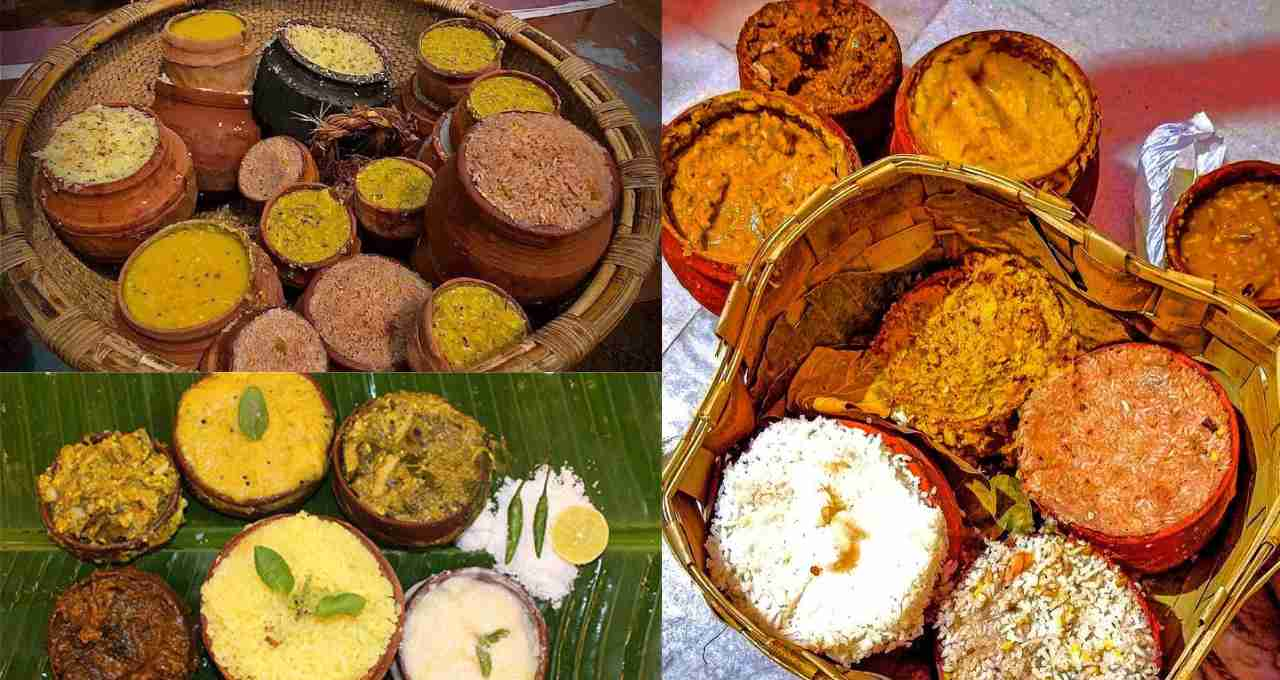
- The Maha Prasad prepared in the Puri temple is categorized into three types:
- Sankudi Maha Prasad – This Prasad is consumed within the temple premises and cannot be taken outside. It includes food items like rice, lentils, vegetables, and khichdi.
- Sukhila Maha Prasad – This consists of dry sweets that devotees can take home. It includes items like laddoos, khaja, and pitha.
- Nirmala Prasad – This special type of Maha Prasad is given to individuals nearing death. It is dry rice prepared in the 'Koili Vaikuntha' area within the temple complex.
Why is this Prasad given to a dying person?
According to Hindu beliefs, if a person receives the Lord's Prasad at the time of death, all their sins are forgiven. Nirmala Prasad in Jagannath Puri is specifically prepared for this purpose. It is believed that consuming it grants the soul salvation (moksha) and frees it from the cycle of birth and death.
What is the secret behind Maha Prasad being called 'Maha Prasad'?
The Prasad prepared in Puri has a unique characteristic – while it is being cooked, it emits no aroma. However, once it is taken to the Bimala Devi temple for offering and then presented to Lord Jagannath, a divine fragrance emanates from it. This is why it is called 'Maha Prasad' instead of ordinary Prasad.
Anand Bazaar: Where devotees receive Maha Prasad
After being offered to the deity, the Maha Prasad is distributed to devotees at a place called 'Anand Bazaar'. This market is located within the temple complex, and thousands of devotees come here to partake of this divine offering.
A Path to Moksha from a Spiritual Perspective

The Maha Prasad of Jagannath Puri is not merely food; it is a spiritual medium. It is a bridge to purify the soul and connect with the divine. Nirmala Prasad, in particular, provides the dying person with ultimate peace in life's final moments. This is not just faith; it's an experienced spiritual feeling shared for generations by the saints and devotees of Puri.
A Confluence of Tradition, Faith, and Moksha
Puri's Maha Prasad is a unique example of Indian Sanatana Dharma tradition. It presents a confluence of faith, tradition, and spirituality for devotees. The Prasad given to those nearing death signifies that God does not forsake his devotees even in their final moments. It is not just food; it is a path to the well-being of the soul.
This year, when you participate in the Jagannath Rath Yatra or visit Puri, understand the significance of Maha Prasad and receive it with reverence and devotion. It will not only satiate your body but also bestow purity and peace upon your soul.
